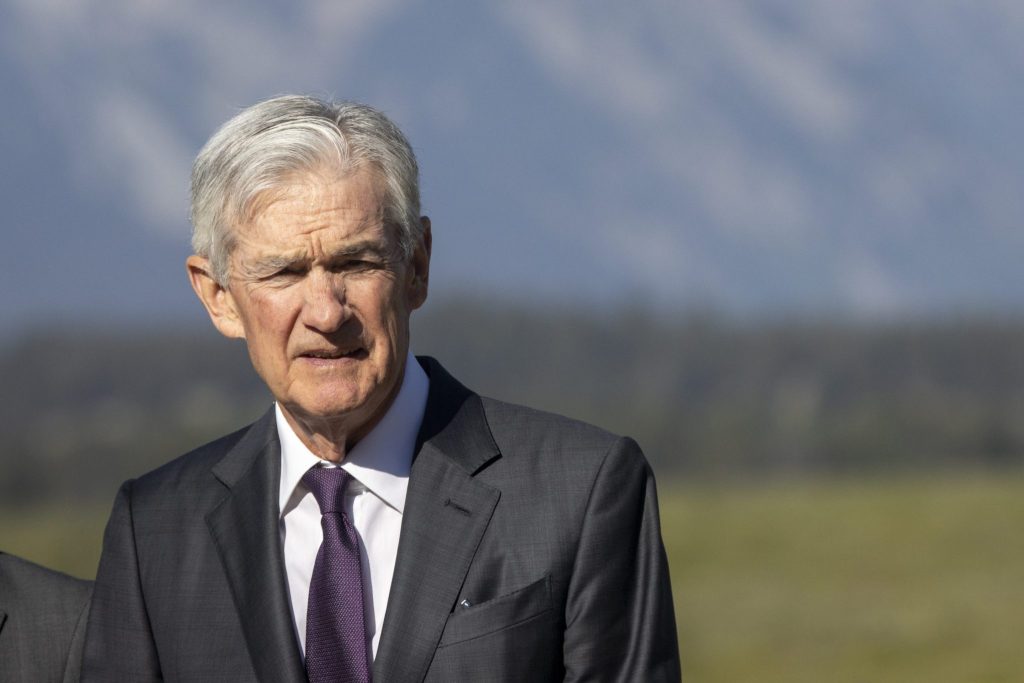The Federal Reserve’s preferred inflation gauge mostly held steady last month despite President Donald Trump’s broad-based tariffs, but a measure of underlying inflation increased.
Prices rose 2.6% in July compared with a year ago, the Commerce Department said Friday, the same annual increase as in June. Excluding the volatile food and energy categories, prices rose 2.9% from a year earlier, up from 2.8% in the previous month and the highest since February.
The figures illustrate why many officials at the Federal Reserve have been reluctant to cut their key interest rate. While inflation is much lower than the roughly 7% peak it reached three years ago, it is still running noticeably above the Fed’s 2% target.
At the same time, the report showed that consumer spending picked up last month and could boost economic growth, which weakened considerably in the first six months of the year.
On a monthly basis, consumer prices rose 0.2% from June to July, down from 0.3% the previous month, while core prices increased 0.3% for the second month in a row.
The figures are similar to those reported earlier this month in the more widely-followed consumer price index, which has risen 2.7% from a year ago. The core CPI increased 3.1% in July compared with a year earlier.
Separately, the Friday report showed that consumer spending jumped 0.5% in July, the biggest increase since March and a sign that many Americans are still willing to open their wallets despite high interest rates and uncertainty surrounding the direction of the economy. Spending jumped sharply for long-lasting goods such as cars, appliances and furniture, many of which are imported.
Incomes rose 0.4% from June to July, boosted by a healthy gain in wages and salaries, the report showed.
Fed Chair Jerome Powell has said the central bank will likely cut its key rate at its meeting next month. But policymakers are expected to proceed cautiously and it’s not clear how many more rate cuts will happen this year.
When the Fed reduces its key rate, it often — though not always — lowers borrowing costs for things like mortgages, car loans, and business borrowing.
Trump has relentlessly pushed Powell and the Fed for lower interest rates since earlier this year, calling Powell “Too Late” and a “moron” and arguing that there is “no inflation.” On Monday he sought to fire Lisa Cook, a member of the Fed’s governing board in an effort to gain greater control over the central bank.
This story was originally featured on Fortune.com







